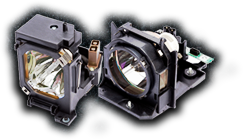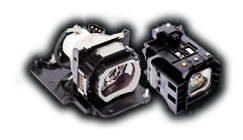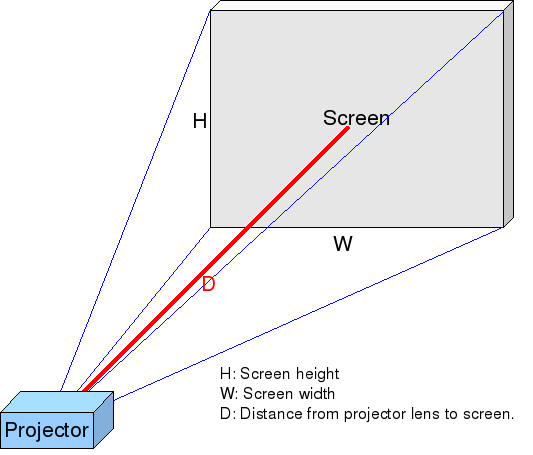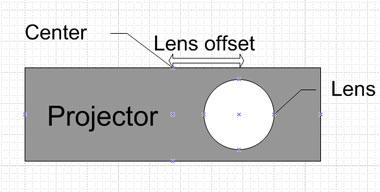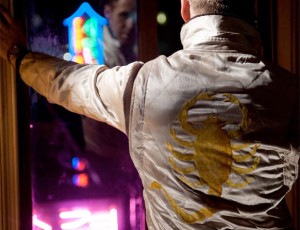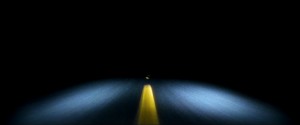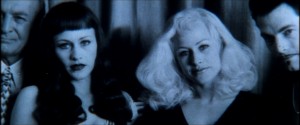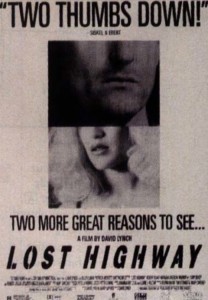An outdoor home theater makes entertaining friends and family easy. There’s nothing quite like sitting outside and watching your favorite movie on a 12-foot screen. It’s like having your own drive-in theater, without ever leaving the house.
Fortunately, home theater technology has come a long way. Just a few years ago, an outdoor home theater would have cost a small fortune. Today, you can set up an outdoor cinema in your backyard, on just about any budget. In fact, it might be easier than you think, especially if you already own an HD projector.
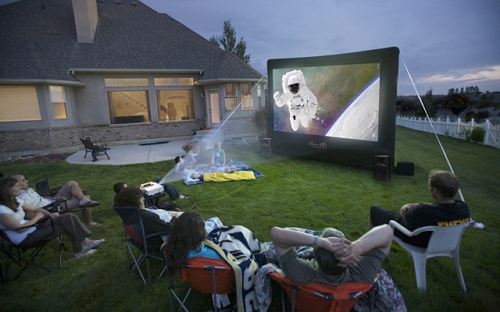
What you’ll need:
• An HD Projector
• A Receiver and Speakers
• DVD or Blu-ray Player
• A Portable Screen
• Cables and Extension Cords
1. Projector: It would be a challenge to set up an outdoor theater without a projector. And although the projector will likely be one of the more expensive pieces of hardware, affordable options are available. You can choose a short-throw or long-throw projector. But a short-throw projector can be placed closer to the screen, which leads to better image results and can diminish shadows.
A few other factors to consider: Projector brightness and resolution. Brighter projectors deliver excellent image quality even without total darkness. Therefore, you can start your backyard movie at dusk, rather than waiting until the sun is all the way down. Plus, due to the large screen, the better your projector’s resolution, the better the image will be. Choose a 1080p or 720p projector for the best results.
2. Screen: You have a little flexibility when it comes to a screen. The options range from blow-up movie screen kits, which cost a hundred dollars or more, to homemade screens. The kits include everything you’ll need, including stakes and a machine to blow it up and keep it inflated. DIY screens, on the other hand, can be as inexpensive as a bed sheet hung over a fence or something you build yourself.
3. Sound System: A home theater wouldn’t be complete without high-quality sound. For the best results, you’ll need a receiver and a set of speakers that are compatible with your projector and DVD or Blu-ray player. Home theater receivers deliver great sound, but even a stereo receiver works. You can achieve theater-quality sound without breaking the bank.
Tips for Getting the Best Image
Once you’ve found all the pieces, you’re ready to setting up your outdoor theater. The key is getting your image just right. First, you’ll want to find the best “throw distance,” which is the distance from the projector to the screen.
Long-throw projectors, for instance, have a longer throw and must be placed further from the screen. Unfortunately, although you get a larger image if the projector is further away, you also run the risk of casting shadows. That’s why a short-throw projector like the BenQ W1080ST works better for outdoor cinemas. You can move the projector closer or further away from the screen to test.
Also, depending on the projector you’re using, you might have to get the alignment just right. For instance, some projectors have a vertical offset, which means they must be placed a certain distance above or below the screen. If that’s the case, you’ll want to build a secure stand to hold your projector, and floor-mounts are usually the easiest option for outdoor theaters. (Learn more about mounting your projector for the perfect picture here.)
Plus, a few other quick things to consider:
• Try to avoid direct light from street lamps or other exterior home lights.
• Don’t forget some good seats and good food.
• And one last piece of advice: Don’t forget a flash light!
